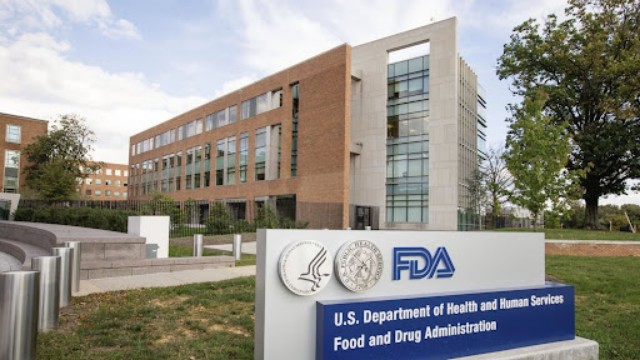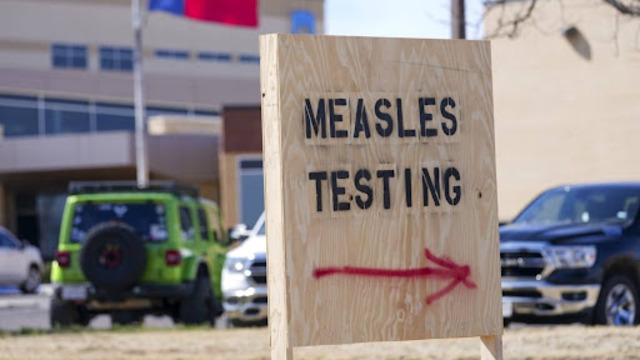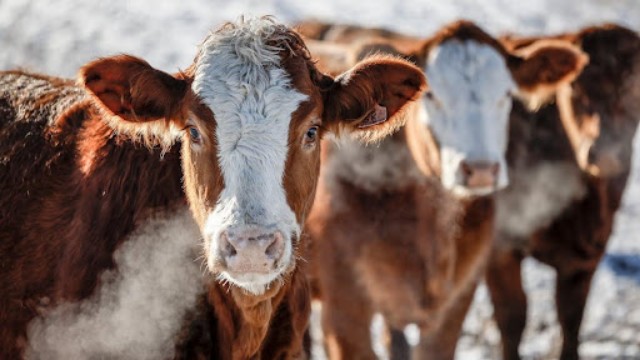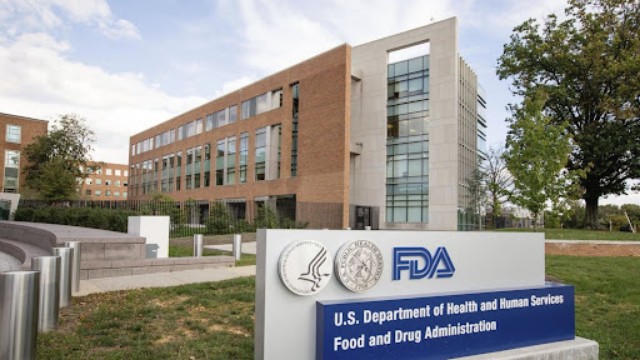
A recent study shows that bird flu infections in dairy workers went unnoticed. Many workers on farms where cows were infected with the virus were exposed, but their cases were not detected in official reports. CNN
A recent study reveals that seven percent of workers at U.S. dairy farms, where cows were infected with bird flu, also contracted the virus. The study highlights a serious issue that had been raised by veterinarians since the outbreak began in March — that more workers were getting sick than the official reports suggested.
The research was conducted by experts from the U.S. Centers for Disease Control and Prevention (CDC), in collaboration with state health departments in Colorado and Michigan. It was published in the CDC's Morbidity and Mortality Weekly Report. The findings show that, while bird flu is a known risk to poultry workers, dairy farm employees were also exposed to the virus in ways that were previously underreported.
Initially, the CDC's recommendations focused only on testing workers who showed symptoms after exposure to infected cows. However, in response to this new study, the CDC has updated its guidelines. Now, they recommend testing all workers on farms with infected animals, even if they do not show symptoms. In addition, workers who had high-risk exposure, like being splashed with raw cow’s milk, will now be offered antiviral medication such as Tamiflu, even if they are not symptomatic.
The purpose of these updated guidelines is to prevent the virus from spreading and to limit the possibility of it mutating into something more dangerous. The CDC stressed that quick identification and treatment of the virus are essential to stopping it from causing further harm.
In the study, 115 workers were surveyed about their exposures, any symptoms they had experienced, and their use of personal protective equipment (PPE). Blood tests revealed that eight workers had antibodies from past infections, meaning they had been exposed to the virus at work. However, only four of them remembered having symptoms, which suggests that their illnesses were very mild. The symptoms they reported included red eyes, fever, sore throat, and diarrhea.
Most of the workers with evidence of past infections reported cleaning the milking parlor and milking cows. None of them wore the recommended PPE, and only one worker knew that the cows they were working with were infected with H5N1, the strain of bird flu that was spreading. All eight of these workers spoke Spanish, which points to the need for more culturally appropriate health education for farm workers, especially those who speak languages other than English.
This study reveals critical gaps in safety and awareness on dairy farms, where workers were not always aware that the cows they were handling were infected with the virus. The CDC hopes these findings will lead to better outreach and education for workers on the dangers of bird flu and how to protect themselves.
As of this year, 46 human cases of H5N1 have been reported in the U.S., but the eight workers from the study will not be counted in this total since their infections were not detected while active. The CDC continues to monitor the situation closely but assures the public that the overall risk remains low.
While the situation is still unfolding, health officials are focusing on controlling the spread of infection in cows as the most effective way to prevent further transmission to farm workers. The CDC has stated that it is working with state and local health authorities to contain the virus, with the hope of preventing future outbreaks.















